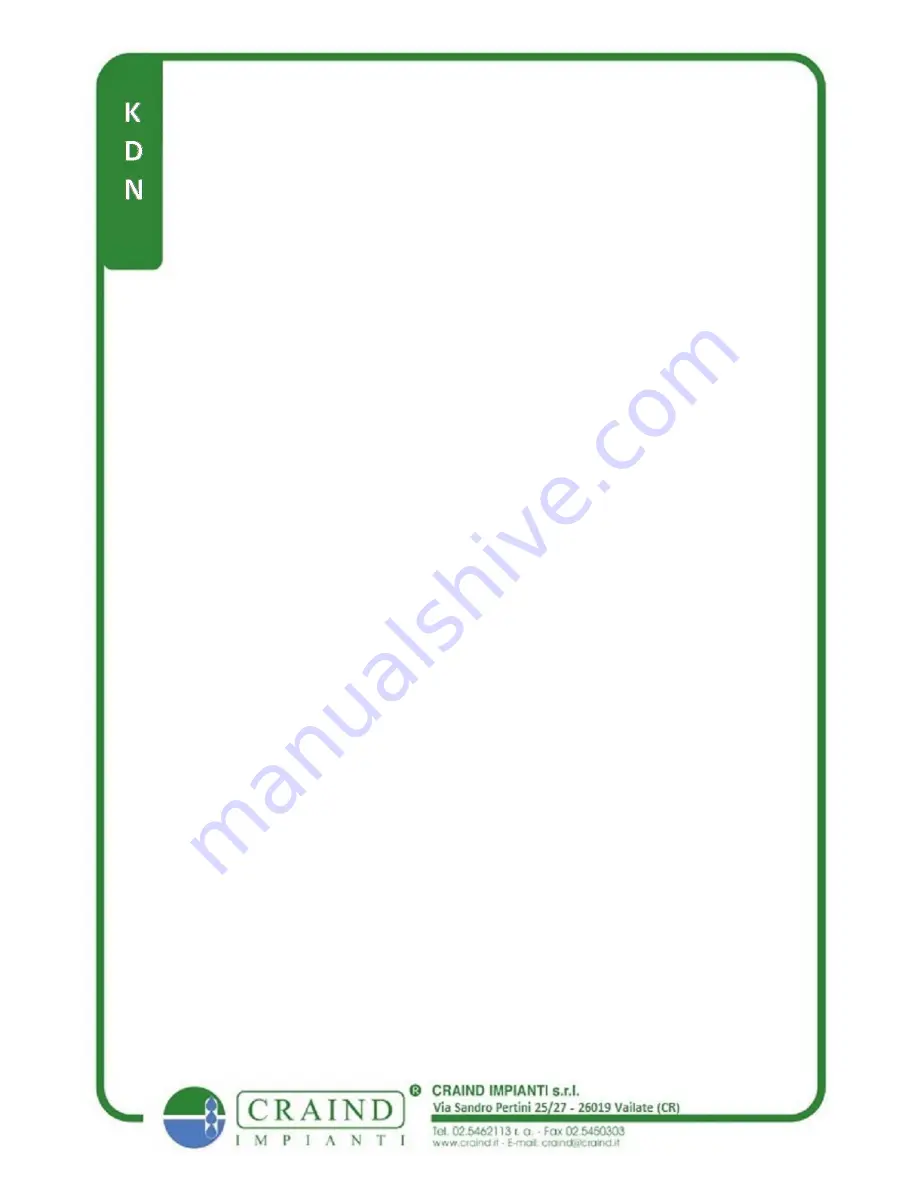
particles have passed through the measuring chamber. Any
mild signs of scouring may be polished out with meta! polish
and soft cloth. Chamber displaying heavy signs of wear
should be replaced and the cause of scouring ascertained and
a suitable strainer fitted up-stream of the meter before re-
installation of the meter in the pipework system.
Pag.3
Examine the meter end plates and in particular the "O" ring
seal. It is recommended that new "O" rings be fitted on
assembly as used rings tend to take a permanent set and leakage
could occur due to the
"
rings
"
inability to reseat (This is
particulary with PTFE "O" rings). If an "O" ring has been
damaged during dismantling it must be replaced.
Inspect the disc for signs of wear and ensure that no particles
are embedded in the disc wall.
Replace the piston into chamber, feeding the can slot over the
barrier plate and check that for all positions of the piston
within the chamber, the amount of
"
side play
"
or free
movement is not excessive and that the piston rotates within
the chamber.
To check that small meters are operating correctly after
assembly, place meter to lips and blow into the connection. The
rotation of the disc within the chamber should be immediately
apparent.
Commissioning
Immediately after installation or after long periods of shut
down the meter must be slowly purged of air. This is most
effectively achieved by allowing the liquid to be metered to
flow through the meter at a slowly increasing rate until the
maximum throughput is achieved.
The meter is now ready to be put into service and will
accurately measure all liquid passing through it, provided it is
not operate outside the limits.
METER DIMENSIONS


































